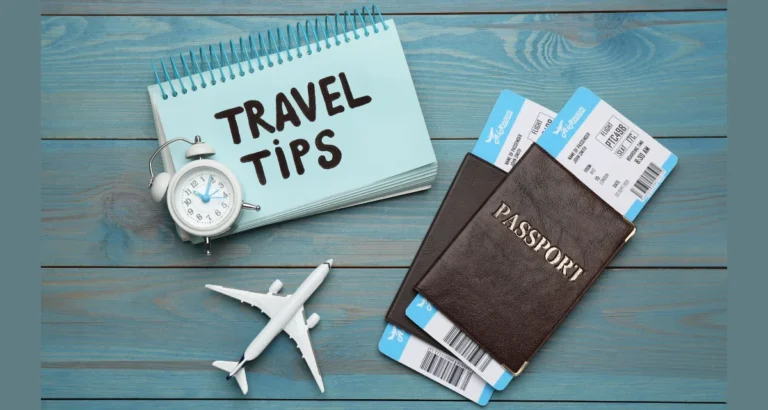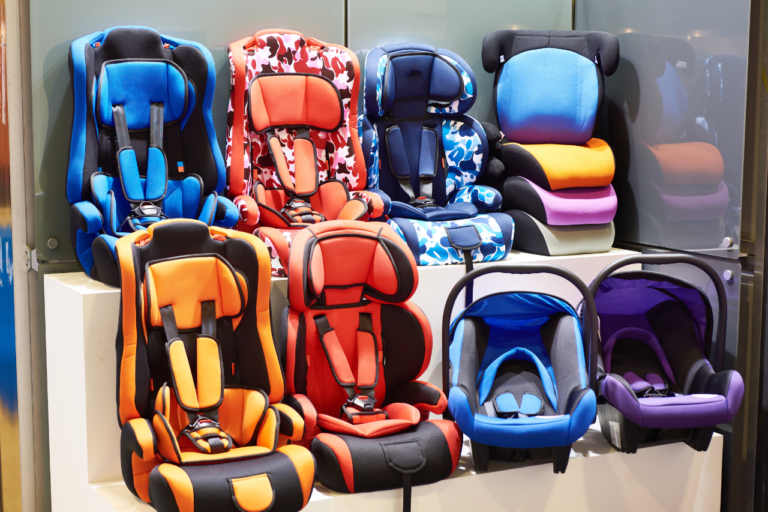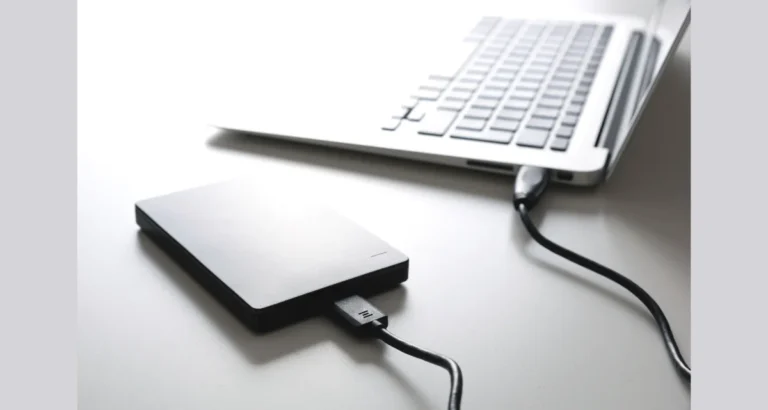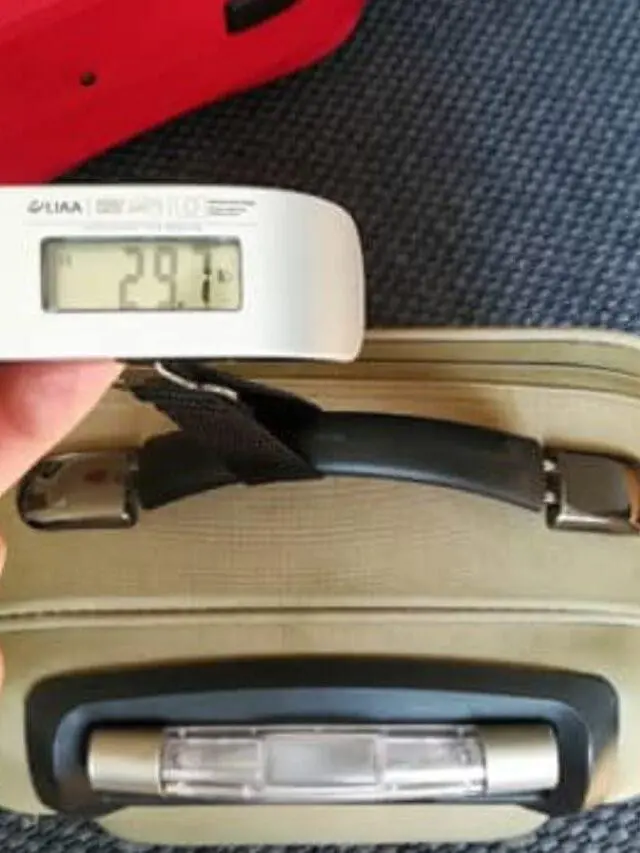How does Airplane Mode work? Using Its Potential for Easy Travels!
When you are traveling, you mostly hear the announcement to switch your mobile to airplane mode. But did you think why is it necessary to do this? Do you know how airplane mode works?
Let’s unravel the mystery of airplane mode for you! 93% of airplane passengers in the United States in 2019 carried a personal electronic device, which is astounding, according to the U.S. National Travel and Tourism Office.
Understanding features like airplane mode is crucial for ease and safety when there are so many gadgets in the sky. It becomes even more crucial when you are traveling with kids, as you often provide them with gadgets to keep them occupied on the plane.
Next Read: Flying With Kids: What Should You Pack?
What Is Airplane Mode?
Most gadgets have a useful function called “Airplane Mode” that pauses signal transmission technology.
Not to protect the aircraft’s navigation system, airplane mode’s primary function during flights is to stop your smartphone from continually looking for signals.
It can also be used to protect battery life, prevent interruptions during meetings, or watch movies.
Using Airplane Mode for Air Travel
For the duration of the trip, airlines have historically requested that passengers put their electronic devices in airplane mode.
Airlines now frequently recommend that customers only use airplane mode during takeoff and landing due to the increase in in-flight Wi-Fi access. What is the reason for this change?
Well, it’s mainly because technology is becoming more and more integrated into our life. Even at 35,000 feet above the ground, we want to keep in touch.
Myth of Airplane Mode
Many people believe that operating electronic gadgets normally while in the air can affect the navigational systems of the aircraft.
But that’s not quite the case, claims Dr. Joe Kirschvink, a geophysicist at the California Institute of Technology The request for you to put your phones in “airplane mode” is not to safeguard the aircraft, but rather to stop your phone from continuously looking for a signal at 35,000 feet, according to Kirschvink. Aha! Therefore, protecting the battery life of your gadget is your first concern
What benefits can you get after using airplane mode?
There are many other uses for airplane mode. Its adaptability goes far beyond an airplane cabin’s limitations. Many people unwittingly underuse this feature, in fact. Let’s look at some lesser-known applications and advantages of airplane mode.
Reduces exposure to radiation
While it’s still unclear if cell phone radiation might harm users, some people would rather approach it on the side of caution. You may significantly lower your exposure to radiation by switching your phone to airplane mode, especially while you’re not using it.
Increases battery life
Your device constantly tries to connect to a nearby cellular tower, which significantly drains your battery.
These attempts are stopped when airplane mode is turned on, protecting battery life. With no charger in sight and a dwindling battery, what do you do? To extend the life of your device, turn on airplane mode.
Improves Sleep Quality
Numerous research shows a correlation between using devices right before bed and poorer quality sleep.
The hormone that regulates your sleep cycle, melatonin, is suppressed by the blue light that screens emit. Additionally, a late-night notification buzz may startle you awake.
Make it a habit to switch your device to airplane mode before going to bed. Your general health will benefit since your sleep will be of higher quality.
Save Mobile data
Enabling Airplane Mode is a great way to limit cellular data usage for several reasons. When you activate Airplane Mode on your device, it disables all wireless communication, including cellular data, Wi-Fi, and Bluetooth. This means that your device won’t constantly search for and connect to cellular networks, which can significantly reduce data consumption. By using Airplane Mode strategically, such as when you’re not actively using your device or when you’re in an area with weak cellular signals, you can effectively control your data usage and avoid unexpected charges. This feature is especially useful when traveling abroad to prevent roaming fees.
Conclusion
To sum up, using Airplane Mode while traveling is a smart choice with many benefits. It helps save data costs and makes flying safer by reducing electronic interference. Since most passengers carry devices, Airplane Mode can also make flights quieter. It’s especially helpful when flying with kids, as it lets them use devices without using up data. As technology and travel connect more, using Airplane Mode is a clever way to have a smooth and enjoyable trip while using devices responsibly.






